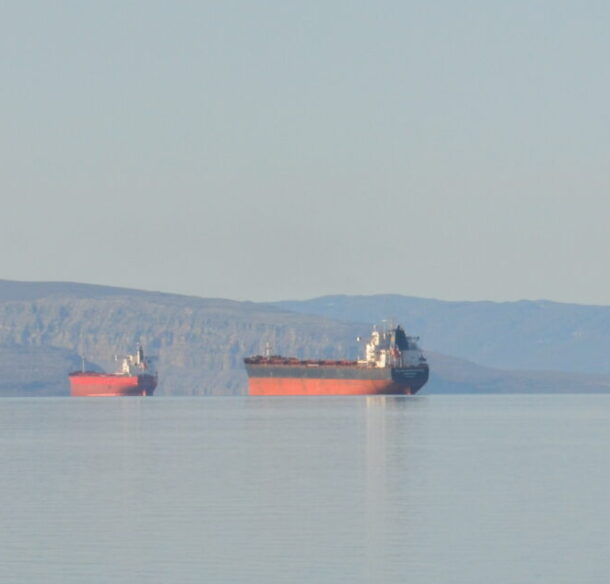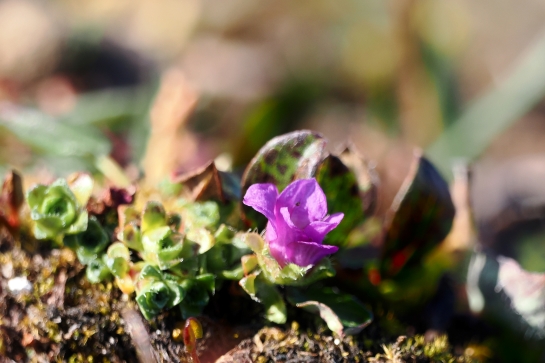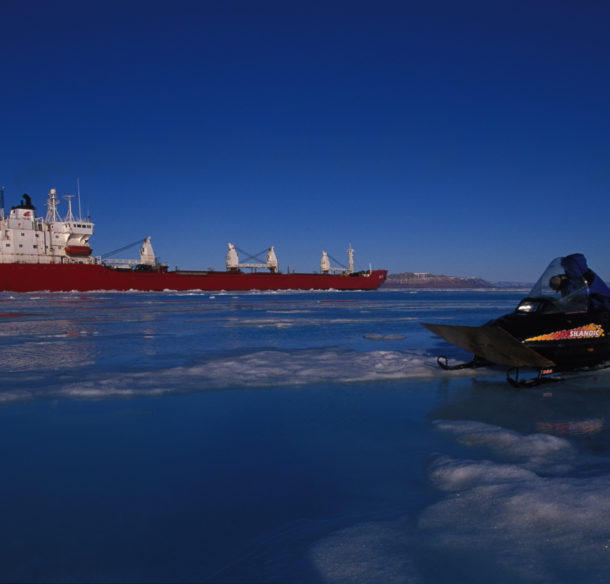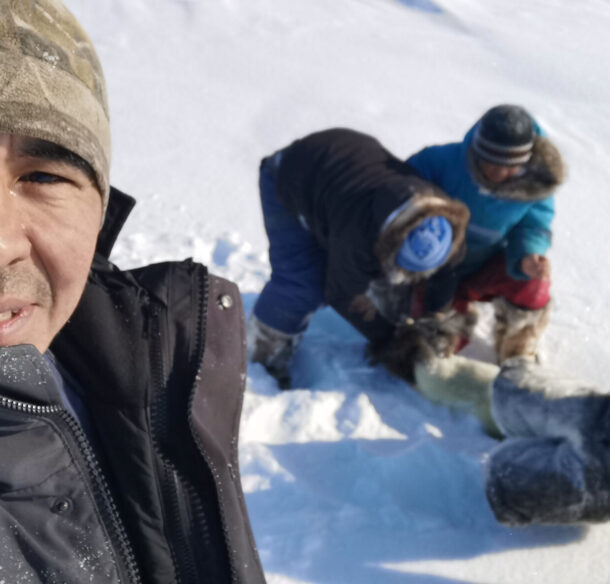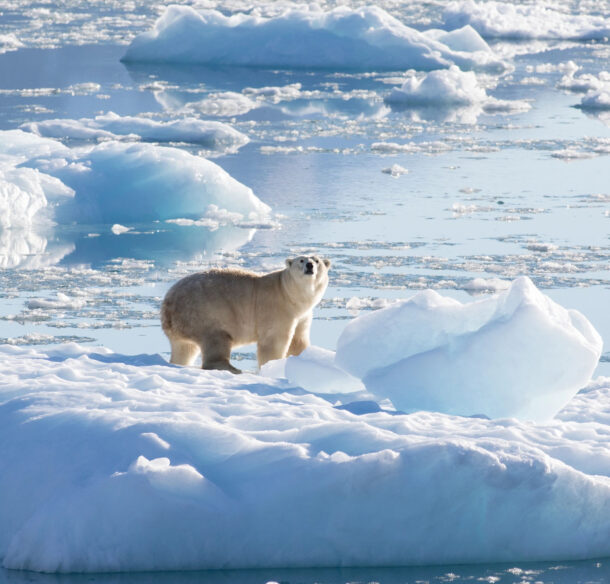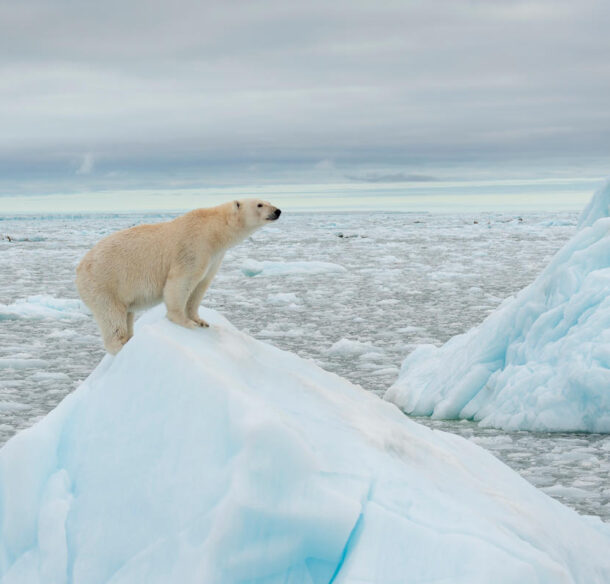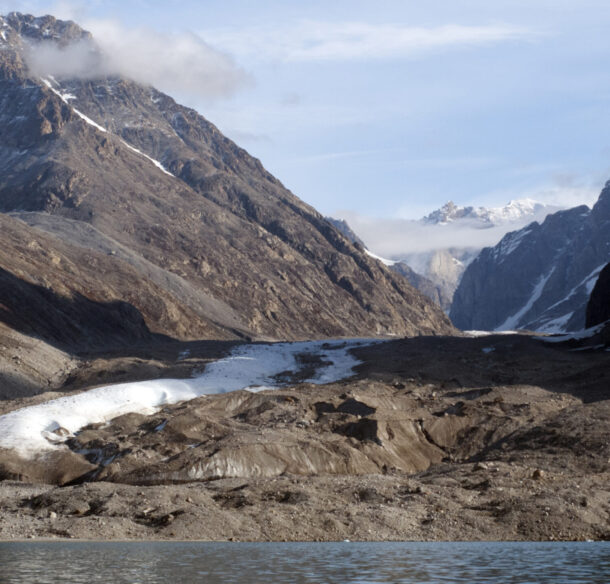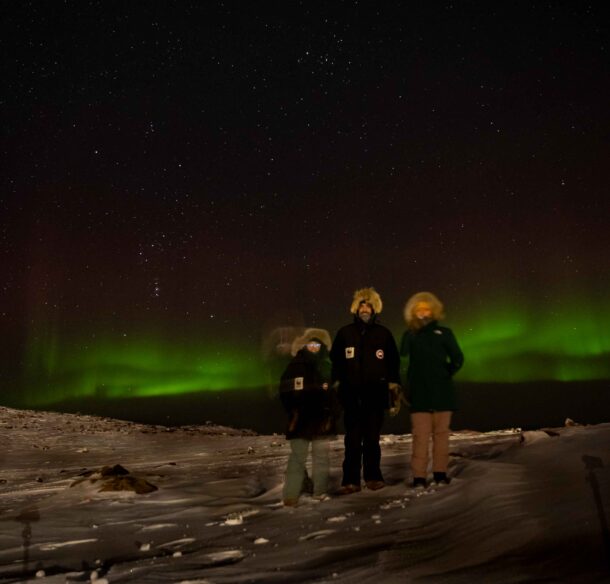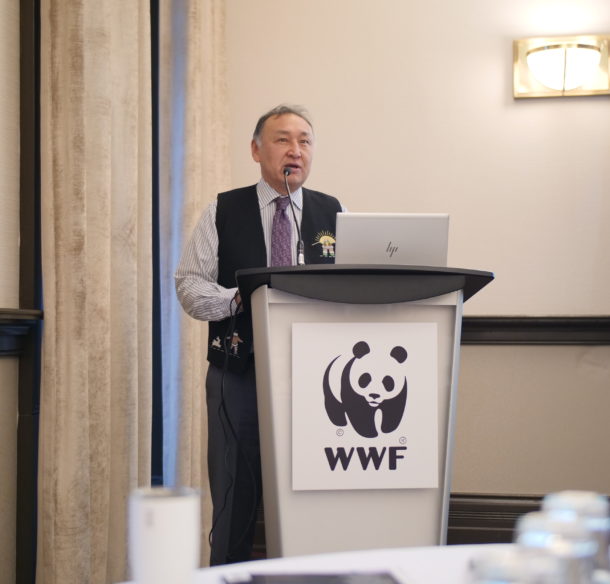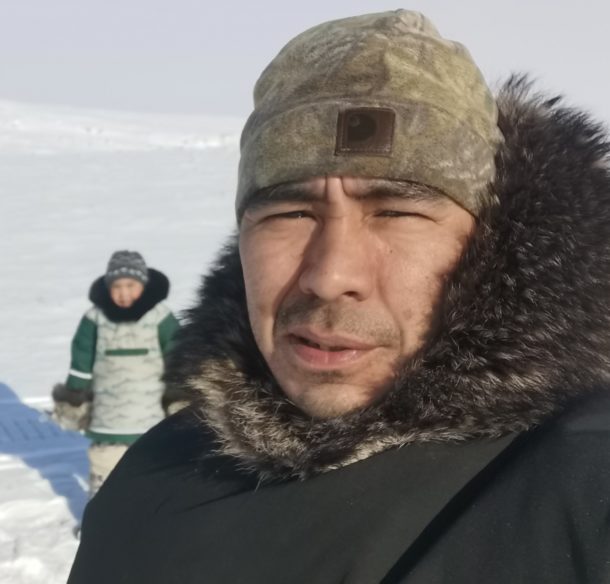What’s next for Baffinland’s Mary River Mine?
The Mary River iron mine is the biggest industrial development project and largest private-sector employer in Nunavut. Located in the northern interior of Baffin Island, and owned by Baffinland, it contributes nearly a quarter... Read More
The Mary River iron mine is the biggest industrial development project and largest private-sector employer in Nunavut. Located in...
Read More
Read More

